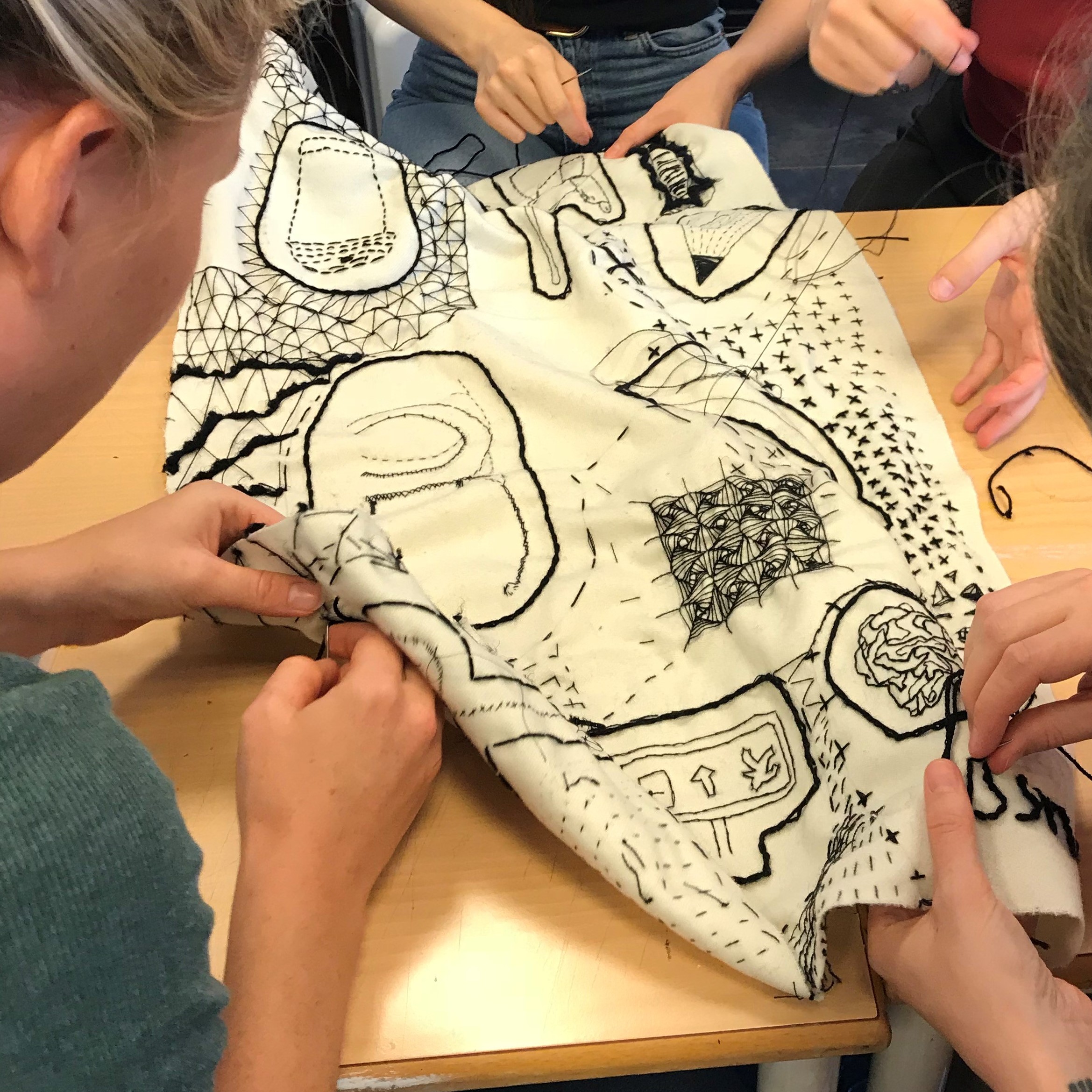Working Together: Cooperation or Collaboration?
DOI:
https://doi.org/10.7577/formakademisk.4648Emneord (Nøkkelord):
art and design education, cooperative and collaborative learning, drawing, ceramics, textilesSammendrag
Teamwork involves different types of interactions—specifically cooperation and collaboration—that are necessary in education and many other professions. The differences between cooperation and collaboration underline the teacher’s role in influencing group dynamics, which represent both a foundation for professional design education and a prequalification for students’ competences as teachers and for critical evaluation. As a test case, we focused on the Working Together action-research project in design education for specialised teacher training in design, arts, and crafts at the Oslo Metropolitan University, which included three student groups in the material areas of drawing, ceramics, and textiles. The project developed the participants’ patience, manual skills, creativity, and abilities, which are important personal qualities for design education and innovation and represent cornerstones in almost every design literacy and business environment. The hope is that students will transform these competences to teaching pupils of all ages in their future careers.

Nedlastinger
Publisert
Hvordan referere
Utgave
Seksjon
Lisens
Opphavsrett 2021 Randi Veiteberg Kvellestad, Ingeborg Stana, Gunhild Vatn

Dette verket er lisensiert under Creative Commons Attribution-NoDerivatives 4.0 International License.
- Forfatteren(e) beholder sin opphavs- og kopieringsrett til eget manuskript, men gir tidsskriftet varig rett til 1) å fremføre manuskriptet for offentligheten i den opprinnelig publiserte digitale form, og 2) å registreres og siteres som første publisering av manuskriptet.
- Forfatteren må selv forvalte sine økonomiske kopieringsrettigheter overfor eventuell tredjepart.
- Tidsskriftet gir ingen økonomisk eller annen kompensasjon for innsendte bidrag, medmindre det er gjort særskilt avtale om dette med forfatteren(e).
- Tidsskriftet plikter å arkivere manuskriptet (inklusive metadata) i den opprinnelig publiserte digitale form, i minst ett dertil egnet åpent tilgjengelig langtidsarkiv for digitalt materiell, som for eksempel i de norske universitetenes institusjonsarkiv innen rammen av NORA-samarbeidet.
Verket vil bli publisert OpenAccess med en Creative Commons 4.0-lisens som tillater alle å lese, dele og tilpasse innholdet, også kommersielt, under lisensvilkårene:
Dette verket må tilskrives/ krediteres på riktig måte, en lenke må gis til CC-BY 4.0-lisensen, og endringer som er gjort må angis på en rimelig måte, men ikke på noen måte som antyder at lisensgiveren støtter deg eller din bruk.



